The Future of Precision Measurements: How Combined Pressure and Temperature Sensors are Revolutionizing Industries
Precision measurements have always been critical in industries such as manufacturing, aerospace, and healthcare. However, the quest for more accurate and efficient measurement techniques has led to the development of innovative sensors that can measure both pressure and temperature simultaneously. These combined sensors are revolutionizing industries by providing more accurate and reliable data, reducing production costs, and improving safety. From monitoring the performance of jet engines to ensuring the quality of pharmaceuticals, the possibilities of these sensors are endless. In this article, we will explore the future of precision measurement and how combined pressure and temperature sensors are transforming various industries, creating new opportunities, and improving the quality of life for people around the world. So, fasten your seatbelts, and let’s take a deep dive into this exciting world of precision measurement.
Understanding Pressure Sensors and Temperature Sensors
Pressure sensors and temperature sensors are two of the most commonly used sensors in various industries. Pressure sensors are used to measure force per unit area and convert it into an electrical signal. On the other hand, temperature sensors are used to measure the temperature of an object or environment and convert it into an electrical signal. Both types of sensors are essential for ensuring the quality and safety of products, processes, and systems.
Pressure sensors are widely used in industries such as aerospace, automotive, and medical. For instance, in the aerospace industry, pressure sensors are used to monitor the performance of jet engines, measure the pressure of air flowing over the wings of aircraft, and ensure the safety of passengers. In the automotive industry, pressure sensors are used to monitor the pressure of engine oil, fuel, and air, and ensure the efficient operation of vehicles. In the medical industry, pressure sensors are used to monitor blood pressure, respiratory pressure, and intracranial pressure, and ensure the well-being of patients.
Temperature sensors, on the other hand, are widely used in industries such as food, pharmaceuticals, and HVAC. For example, in the food industry, temperature sensors are used to monitor the temperature of food during production, storage, and transportation, and ensure its safety and quality. In the pharmaceutical industry, temperature sensors are used to monitor the temperature of drugs during manufacturing, storage, and transportation, and ensure their efficacy and safety. In the HVAC industry, temperature sensors are used to monitor the temperature of air conditioning and heating systems, and ensure the comfort and safety of occupants.
Limitations of Using Separate Pressure and Temperature Sensors
While pressure sensors and temperature sensors are essential for various industries, using separate sensors to measure pressure and temperature has some limitations. Firstly, it can be costly and time-consuming to install and maintain two separate sensors. Secondly, separate sensors can lead to errors in data collection and analysis, as they may not accurately capture the relationship between pressure and temperature. Finally, separate sensors may not be suitable for applications that require real-time monitoring and control, as they may not provide accurate and timely data.
Benefits of Combined Pressure and Temperature Sensors
The development of combined pressure and temperature sensors has addressed many of the limitations of using separate sensors. These sensors can measure both pressure and temperature simultaneously, providing more accurate and reliable data. They are also more cost-effective and efficient than using separate sensors, as they require less installation and maintenance. Moreover, they are suitable for applications that require real-time monitoring and control, as they provide accurate and timely data.
Combined pressure and temperature sensors have several benefits for various industries. Firstly, they can improve the accuracy and reliability of data collection and analysis, leading to better decision-making and increased efficiency. Secondly, they can reduce production costs by eliminating the need for separate sensors and reducing installation and maintenance costs. Thirdly, they can improve safety by providing real-time monitoring and control of critical processes and systems.
Applications of Combined Pressure and Temperature Sensors in Various Industries
Combined pressure and temperature sensors have numerous applications in various industries. Let’s take a look at some of the industries that have adopted these sensors and how they are using them.
- Aerospace
The aerospace industry has been one of the early adopters of combined pressure and temperature sensors. These sensors are used to monitor the performance of jet engines, measure the temperature and pressure of air flowing over the wings of aircraft, and ensure the safety of passengers. They are also used to monitor the temperature and pressure of hydraulic systems, landing gear, and other critical components of aircraft.
- Automotive
The automotive industry has also adopted combined pressure and temperature sensors to improve the performance and efficiency of vehicles. These sensors are used to monitor the pressure and temperature of engine oil, fuel, and air, and ensure the efficient operation of vehicles. They are also used to monitor the temperature and pressure of tires, brakes, and other critical components of vehicles.
- Medical
The medical industry has been using combined pressure and temperature sensors to monitor the vital signs of patients, such as blood pressure, respiratory pressure, and intracranial pressure. These sensors are also used to monitor the temperature and pressure of medical equipment, such as infusion pumps, ventilators, and dialysis machines.
- Pharmaceutical
The pharmaceutical industry has adopted combined pressure and temperature sensors to ensure the quality and safety of drugs during manufacturing, storage, and transportation. These sensors are used to monitor the temperature and pressure of drug formulations, packaging, and shipping containers, and ensure the efficacy and safety of drugs.
- Food
The food industry has also adopted combined pressure and temperature sensors to ensure the safety and quality of food during production, storage, and transportation. These sensors are used to monitor the temperature and pressure of food products, such as meat, dairy, and produce, and ensure their freshness and safety.
Advancements in Combined Pressure and Temperature Sensor Technology
The development of combined pressure and temperature sensors has been a significant advancement in the field of precision measurement. However, the technology is still evolving, and new advancements are being made to improve the performance and efficiency of these sensors.
One of the recent advancements in combined pressure and temperature sensor technology is the use of microelectromechanical systems (MEMS) technology. MEMS technology allows for the miniaturization of sensors, making them smaller, more accurate, and more efficient. MEMS-based sensors are also more cost-effective and easier to integrate into systems, making them ideal for a wide range of applications.
Another advancement in combined pressure and temperature sensor technology is the use of wireless communication. Wireless sensors can transmit data in real-time, allowing for remote monitoring and control of critical processes and systems. Wireless sensors can also be used in harsh and hazardous environments where wired sensors may not be suitable.
Challenges Faced by Manufacturers of Combined Pressure and Temperature Sensors
While combined pressure and temperature sensors have many benefits, there are also some challenges faced by manufacturers of these sensors. One of the challenges is the need for calibration and maintenance. These sensors require regular calibration and maintenance to ensure accurate and reliable data collection. Calibration and maintenance can be costly and time-consuming, and failure to perform them can lead to errors in data collection and analysis.
Another challenge faced by manufacturers of combined pressure and temperature sensors is the need for high accuracy and precision. These sensors must be highly accurate and precise to provide reliable data for critical processes and systems. Achieving high accuracy and precision can be challenging, as even small errors can have significant consequences.
The Future of Combined Pressure and Temperature Sensors
The future of combined pressure and temperature sensors is bright, with many new opportunities for innovation and growth. As the technology continues to evolve, we can expect to see more advancements in sensor design, materials, and manufacturing techniques. We can also expect to see more applications of these sensors in various industries, as they become more cost-effective and efficient.
One area where combined pressure and temperature sensors could have a significant impact is in the field of healthcare. These sensors could be used to monitor the vital signs of patients in real-time, allowing for early detection of health issues and more timely intervention. They could also be used to monitor the temperature and pressure of medical equipment, such as artificial organs and prosthetics, and improve their performance and efficiency.
Another area where combined pressure and temperature sensors could have a significant impact is in the field of environmental monitoring. These sensors could be used to monitor the temperature and pressure of the atmosphere, oceans, and other natural systems, and provide valuable data for climate research and mitigation efforts.
Conclusion
Combined pressure and temperature sensors are revolutionizing industries by providing more accurate and reliable data, reducing production costs, and improving safety. From monitoring the performance of jet engines to ensuring the quality of pharmaceuticals, the possibilities of these sensors are endless. As the technology continues to evolve, we can expect to see more advancements in sensor design, materials, and manufacturing techniques, opening up new opportunities for innovation and growth. The future of precision measurement is bright, and combined pressure and temperature sensors are leading the way.
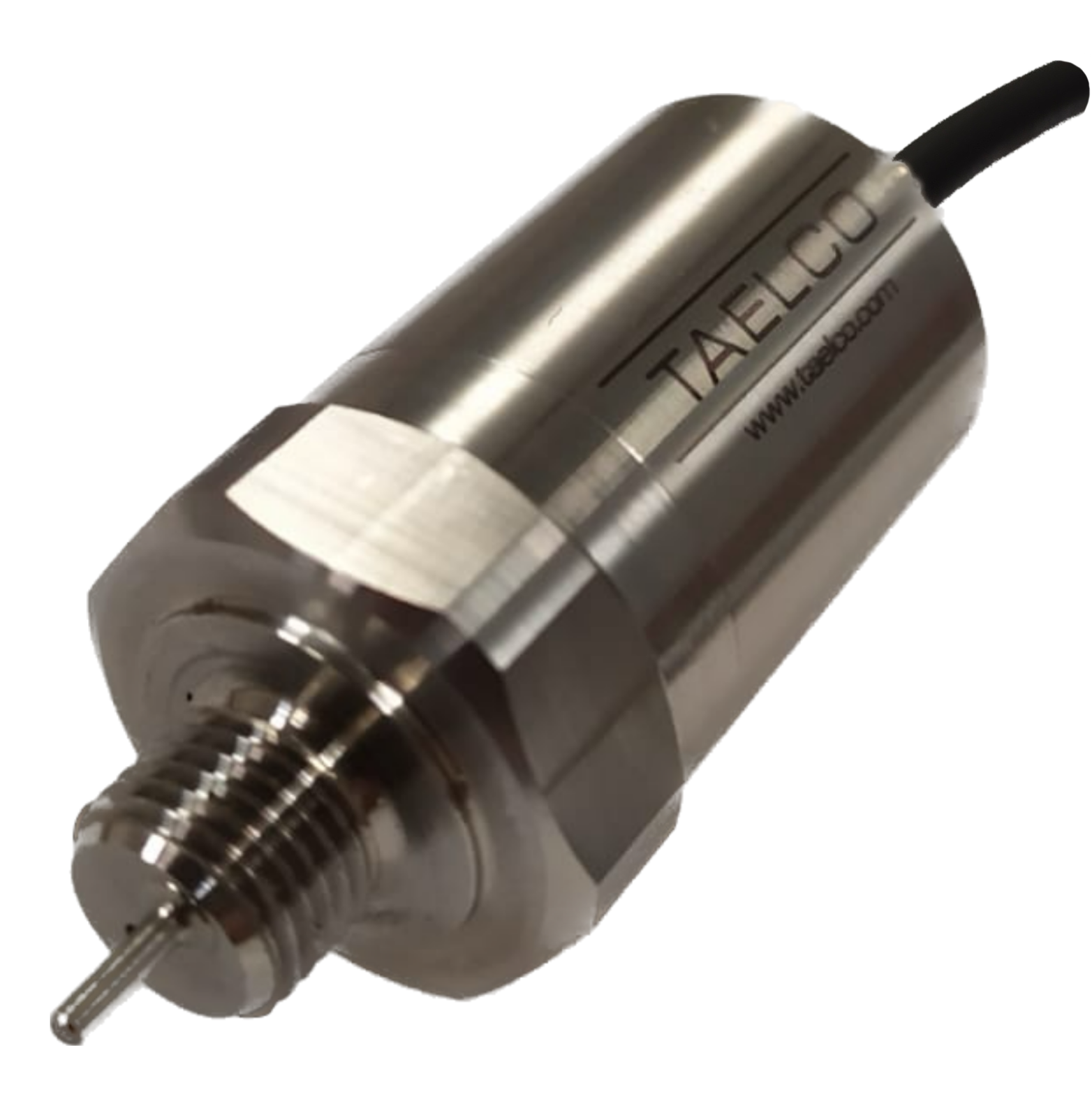
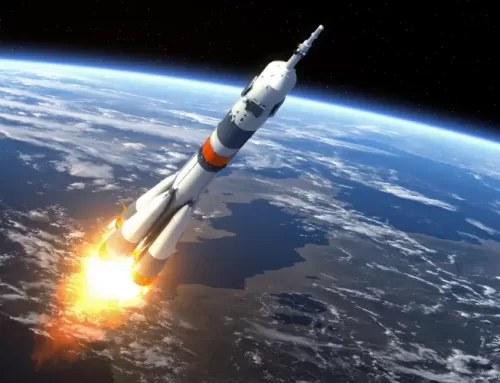
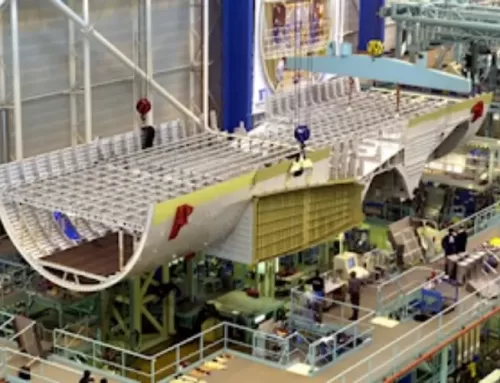
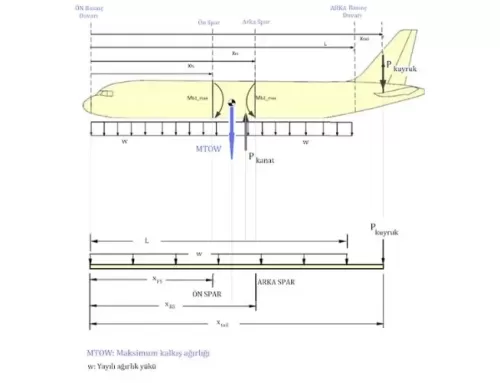
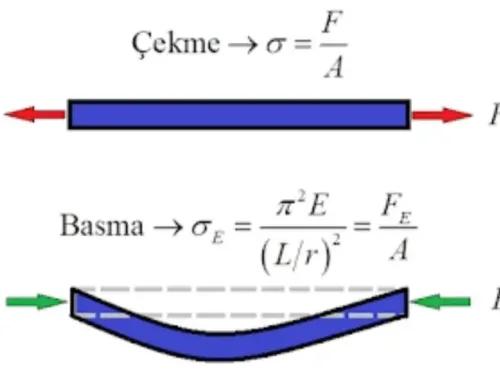

Leave A Comment